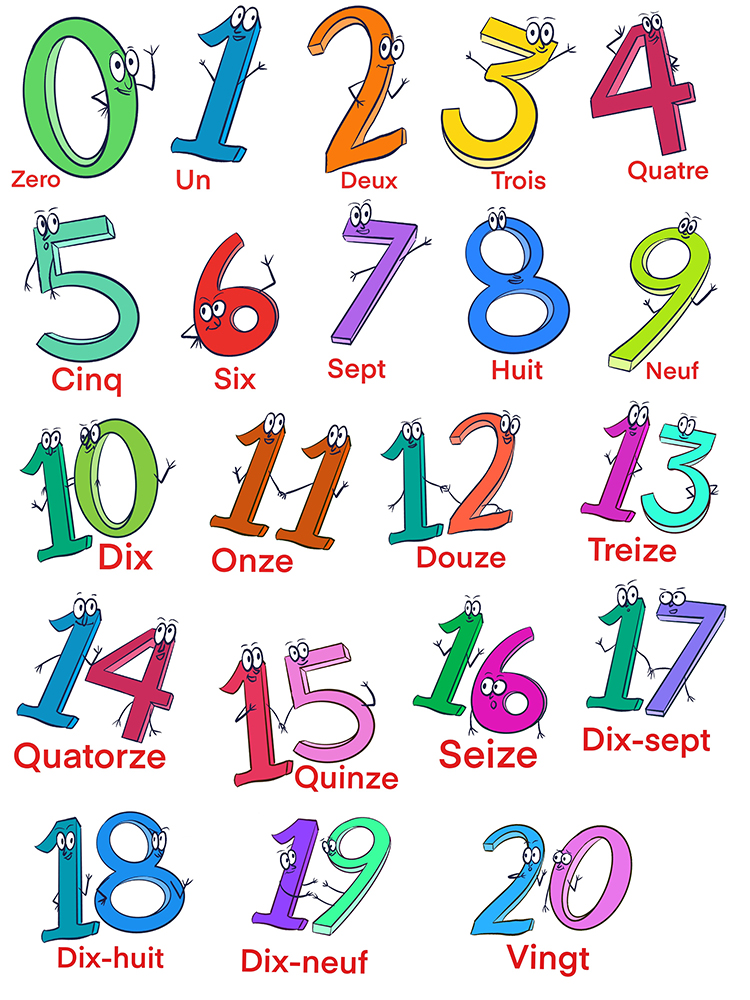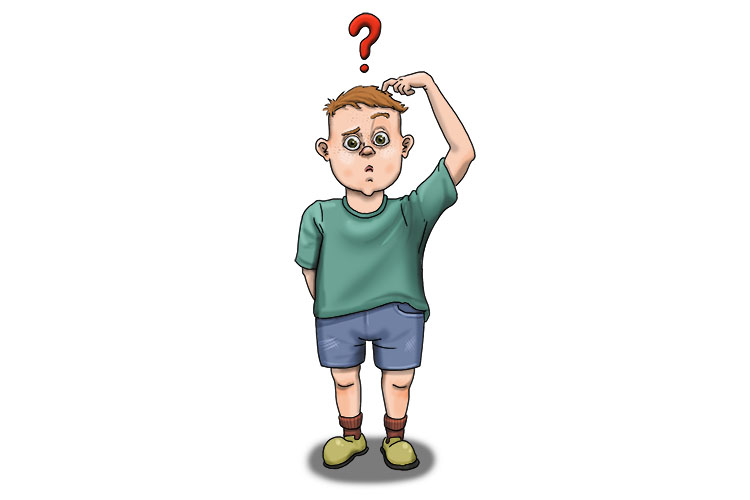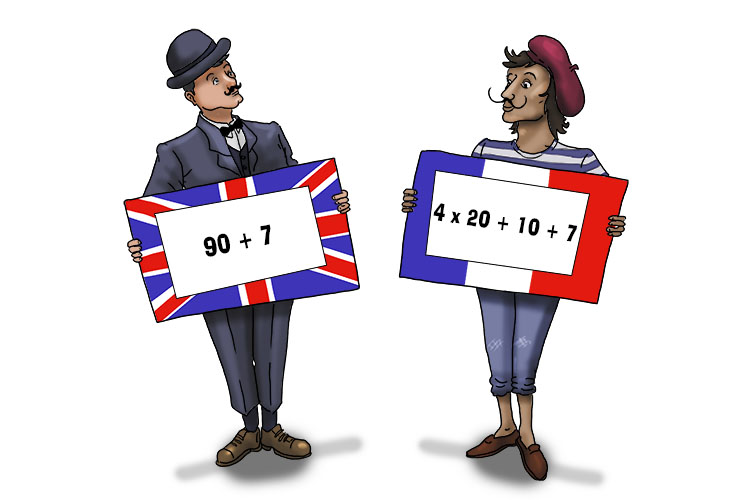French numbers – introduction
Dealing with numbers in the French language will be much easier if you know about a few quirky things right from the start.

Generally speaking, once you’ve learnt the French equivalents of 1 to 16 and then the numbers 20, 30, 40, 50, 60, 100 and 1000, you can count from 1 to 1000. This is because in French, those numbers form the basis for the names of all numbers.
The three “trouble spots” to bear in mind are:
1. The teens: while 13 to 16 have distinct names all of their own, 17, 18 and 19 are combinations of 10 and 7, 10 and 8, and 10 and 9 respectively
2. 70 to 99 (and the 170s, 270s, 370s and so on): things get truly weird here. This is because the French do not have a name for 70, or for 80, or for 90!

3. And finally: Some numbers (but only a few!) have the French word for “and” (“et”) in them.
NOTE: Don’t worry at this point about remembering or pronouncing any of the French numbers given in this introduction. All that is covered on other pages. This page is just an explanation of the French system.
What does all this mean for you, the French language student?
1. Remember that the first four teens have their own names – treize (13), quatorze (14), quinze (15) and seize (16), while 17, 18 and 19 are made from the words for 10 and 7, 10 and 8, and 10 and 9, respectively, i.e. dix-sept, dix-huit and dix-neuf.
2. In French, 70 is 60+10 – literally sixty-ten, or soixante-dix. There is no unique name for 70. 71 is 60 and 11, literally soixante-et-onze (“et” means “and”, and you need to include it for this particular number.) 72 is 60+12, literally soixante-douze. This pattern continues up to 76, but when we get to 77, remember that 17 is 10+7, so it’s soixante-dix-sept (sixty-ten-seven). This pattern then continues for 78 (i.e., soixante-dix-huit) and 79 (soixante-dix-neuf).
3. If you thought similar patterns are followed for 80 to 89, you’re out of luck. 80 is NOT 60+20. It’s 4X20, i.e. quatre-vingts (literally four-twenties). 81 is quatre-vingt-un (four-twenty-one), which you have to remember is 4 times 20 plus 1, and there’s no “and” in it! 82 to 89 follow a similar pattern.
4. 90 is four times twenty plus ten, or quatre-vingt-dix. 91 is four times 20 plus 11, or quatre-vingt-onze. The pattern continues up to 96, but because there are no unique names for 17, 18 and 19, the French pattern for 97, 98 and 99 is four times twenty plus ten plus seven, eight or nine, giving us quatre-vingt-dix-sept, quatre-vingt-dix-huit and quatre-vingt-dix-neuf.

(Don’t forget, these quirks also crop up again in numbers from 171 to 199, 271 to 279, and so on.)
5. The French numbers that have “and” (“et”) in them are 21, 31, 41, 51, 61 and 71. For example, 21 is vingt-et-un (twenty-and-one) and 71 is soixante-et-onze (sixty and eleven). See above for why 71 is NOT seventy and one!
Fortunately, once you’ve learned these few quirks of French numbers, you should have no problems if you follow Mammoth Memory’s pictorial system for learning their names.
See the grid of numbers on the following page for further insight into the French number system.




